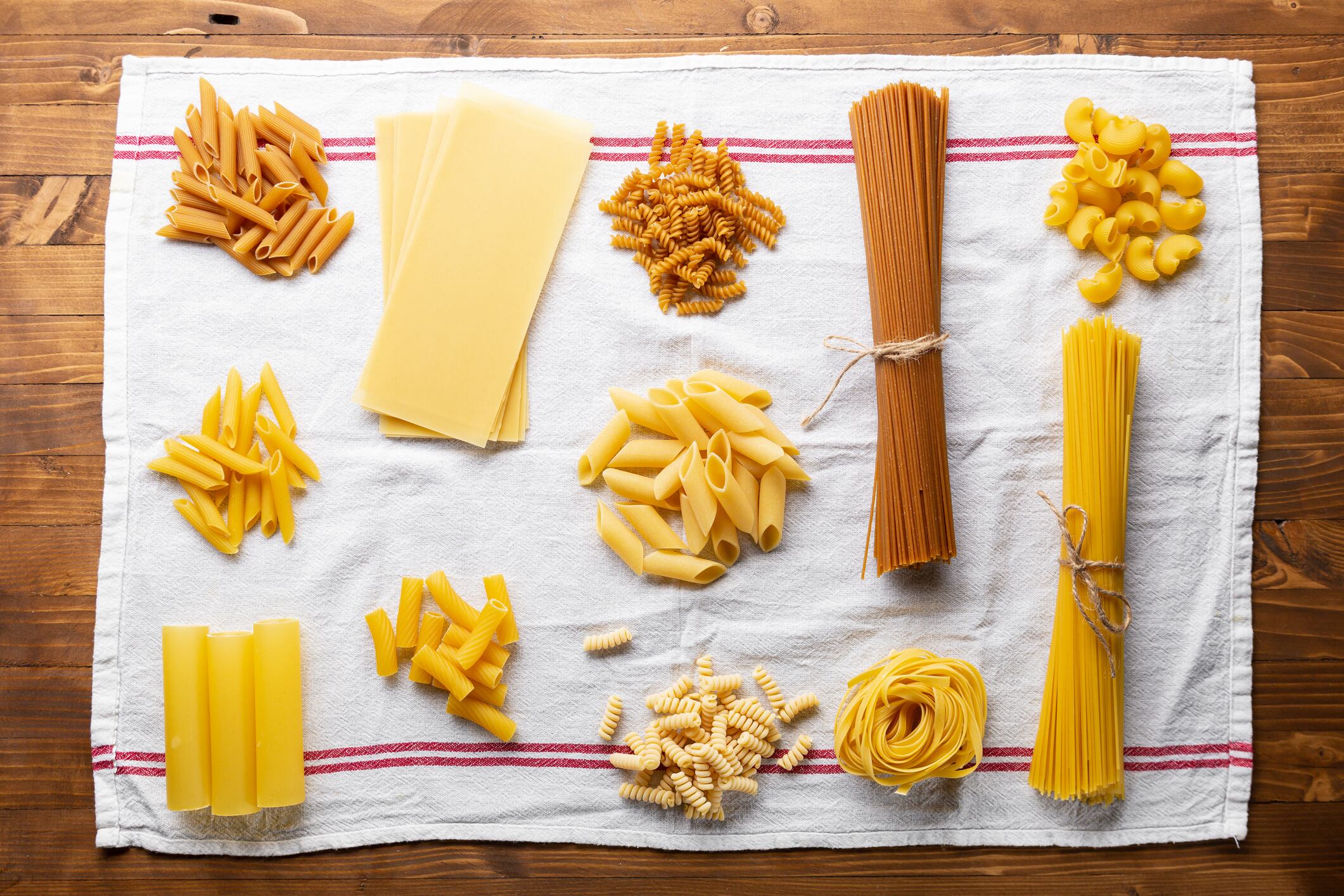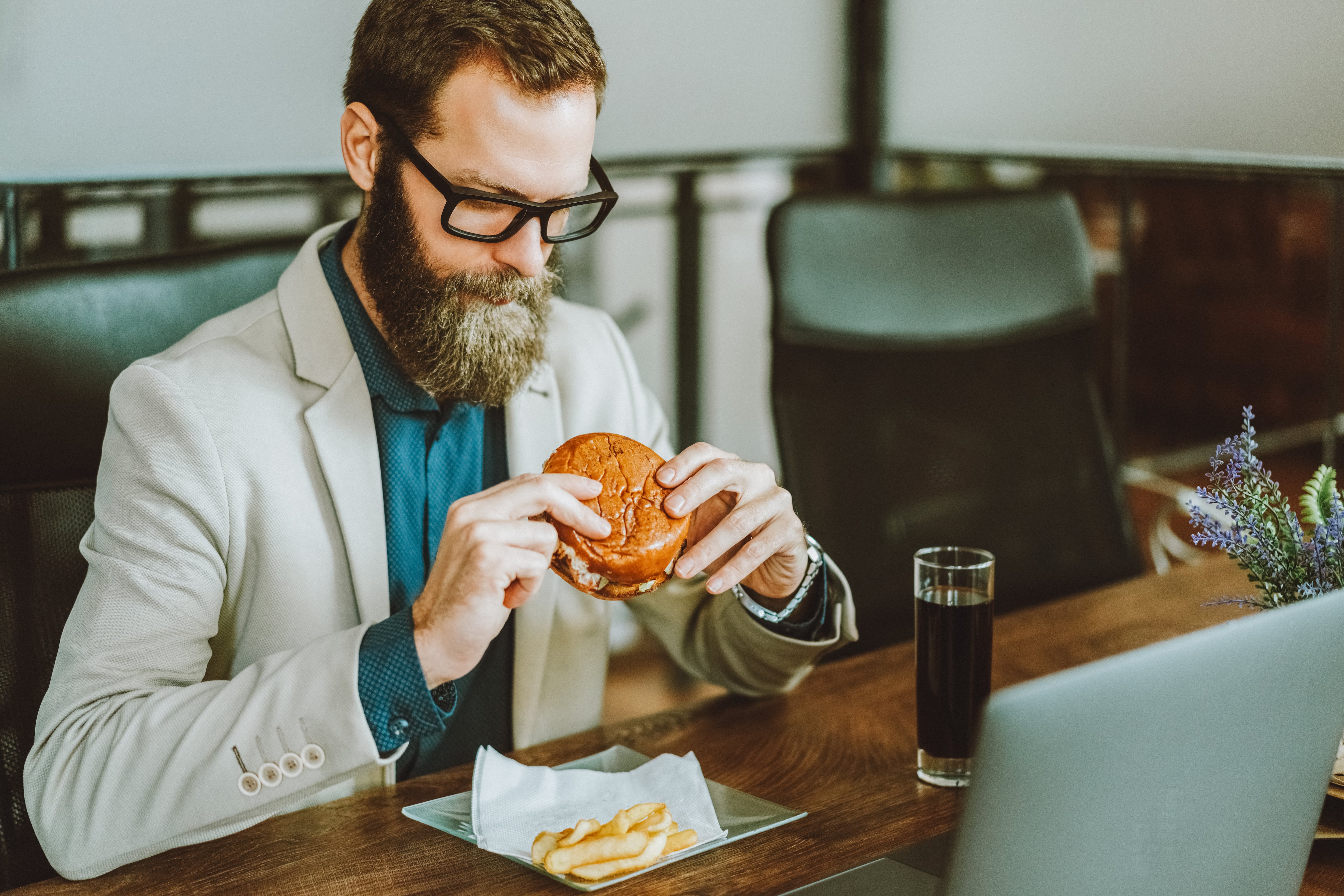Non-UPF Verified launched its pilot program with 20 brands – ranging from startups to billion-dollar companies – across multiple grocery categories to refine its classification standards, with more than 150 brands on its waitlist.
“We want to evolve the food system and engage brands in actually reformulating and providing non-UPF choices,” Megan Westgate, founder of Non-UPF Verified and Non-GMO Project, explained at Natural Products Expo West.
“We know that 85% of shoppers right now are actually looking for non-UPF foods. But right now, there is not an easy way to identify them,” she said.
‘Looking to better define what an ultra-processed food is’ for packaged foods
Non-UPF Verified’s goal is to create clear, research-backed criteria for defining and verifying non-UPF products, similar to how the Non-GMO claims to have set the standard for non-GMO labeling, Westgate said.
“We are taking the same approach to UPFs, looking to better define what an ultra-processed food is and then label the foods that are not ultra-processed to make it easy for shoppers to find them,” she said.
While fresh produce and bulk grains deliver nutrient-dense benefits for consumers, package foods’ role in consumers’ diets are critical and are central for Non-UPF ’s mission.
“We know that 70% of people’s calories come from packaged foods. So you can buy fresh produce, you can buy bulk grains, but we know people need packaged items. They need that convenience and affordability, and so we want more of those times to be non-UPFs,” Westgate said.
Building on the NOVA classification system
The initiative builds upon the research on the NOVA classification system “that has four groups of foods ranging from the least processed all the way through group four of being ultra processed,” Westgate explained.
However, according to Westgate, NOVA’s system is designed to analyze dietary patterns rather than assess individual products — making it very helpful for epidemiological research but ill-suited as a basis for a certification program, particularly when it comes to evaluating sugar and fat.
Instead of taking NOVA’s approach at face value, Non-UPF Verified is working to differentiate between ingredients that serve a functional role in home cooking versus industrially formulated foods where those same ingredients are combined with additives, preservatives and industrial processing.
“We are having to get creative in our own consideration and really what we are tracking right now is what are the primary concerns about UPFs that are in the public discourse, and how can we address in a standard,” she said.
One example of the public discourse is hyperpalatability, which Westgate defines as addictive foods that are easy to eat.
“They have been engineered to have combinations of oil and sugar and fat that do not occur in nature. They override our body’s natural satiety signals and they make use just want to keep eating them,” she said.
Non-UPF Verified aims to look at the types of ingredient combinations and processing methods that contribute towards a food’s hyperpalatability, as well as the impact on metabolic health and microbiome function and “how do we control for that in a standard,” she added.
‘Collaborative input in standards development’
“One of the biggest things I learned a lot about in the beginning of working on the Non-GMO is the value of collaborative input on standards development. So, we are taking the same approach with Non-UPF that we did with our Non-GMO standard of really valuing shared learning,” Westgate added.
In addition to developing the pilot program over the summer, Non-UPF Verified will host a series of public webinars and work with dietitians and health professionals to develop the standards and “have more packaged food that is nourishing to life,” she added.
Videography, production and editing by Caroline Rude.



